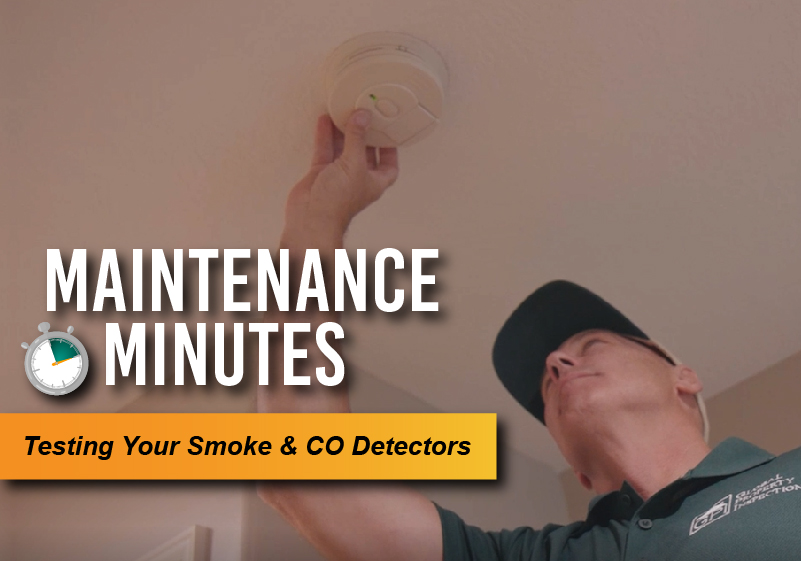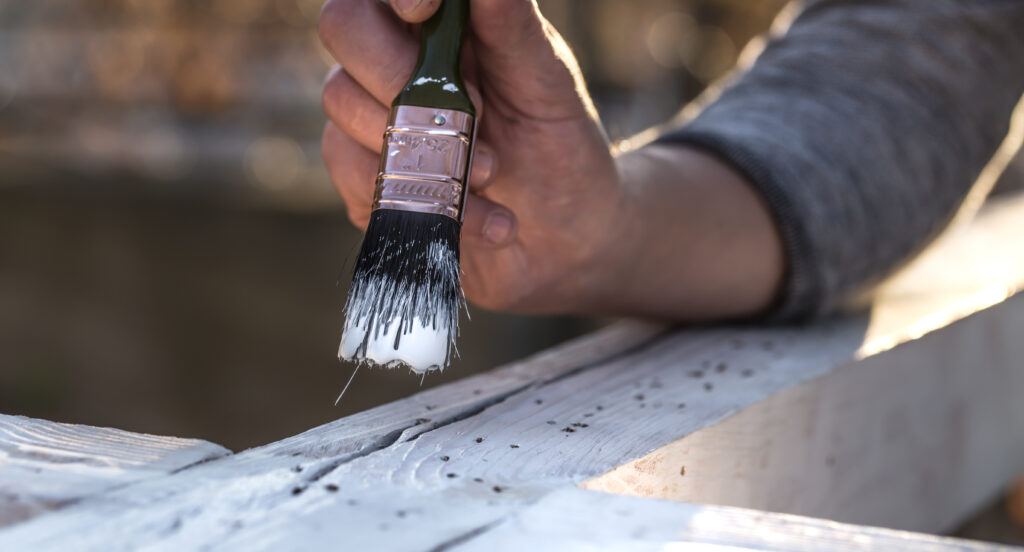Did you know you can cut risks related to carbon monoxide poisoning and fire hazards in half by following just a few helpful tips? The best part is that these recommendations can be completed on your own without the need to pay for additional services from a contractor. All you need is a foot stool or ladder and possibly a few batteries. Before we dive into carbon monoxide and fire prevention, let’s examine reasons why prevention is so important.
The Importance of CO Safety
Carbon monoxide is particularly dangerous because it’s an” invisible gas,” meaning that it’s odorless, colorless, and is unseen to the naked eye. It prevents the oxygen in your body from circulating throughout your system properly, disrupting your respiratory system. Carbon monoxide is the byproduct of the fumes produced by fuel sources such as gasoline, coal, kerosene, and wood. The most common sources of carbon monoxide poisoning in homes come from unventilated space heaters, improperly connected water heaters, unclean fireplaces, vehicles that have been unintentionally left running in garages, and household appliances that are incorrectly connected. The onset of carbon monoxide poisoning happens very quickly. According to John Hopkins Medicine, carbon monoxide poisoning can occur in as little as two hours, eventually leading to organ failure, loss of consciousness, and death.
Carbon Monoxide Poisoning Symptoms
Although there are little to no warning signs of the presence of carbon monoxide in your home (other than having an operational CO detector), there are several symptoms to look out for if you suspect a gas leak. If you’re experiencing nauseousness, dizziness, sudden headache, difficulty breathing, and blurred vision, it is necessary to leave your home immediately and call 911 once you have reached a safe distance away. Doing so may save your life!
The Importance of Fire Safety
Having a household plan of action in case of a fire is crucial. Making sure that you know where all your optional exits and windows are located is the most important part of your plan, as you may need them to escape. If you touch a doorknob and it feels hot to the touch, do not open the door–doing so may spread the fire even further. Find an alternate exit and call 911 once you’ve reached a place of safety.
While most fires in homes and apartments occur as a result of leaving kitchen appliances on, there’s also the risk of fires stemming from electrical issues. To combat this problem, it’s important to identify the potential warning signs of an electrical fire. Electrical fire risks aren’t always visible. To lower your chances of encountering electrical fire hazards in your home, it’s best to follow a few tips:
Identifying non-electrical fire hazards in your home is easier, as you will be able to feel the heat of the fire as well as see and smell the smoke. To be vigilant in your efforts to prevent these dangers, follow these suggestions:
Prevention, Testing, & Battery Replacement
Incorporating fire and carbon monoxide detectors in your home is crucial for ensuring a safe environment. Without detectors, you may miss important warning signs that alert your family to potential hazards. To safeguard your home from these dangers, it is best to have one of each type of detector on every floor of your home. Each detector should be tested at least once a month. If your detectors run on batteries, it’s imperative to replace the batteries a minimum of twice a year.
To test both your carbon monoxide and smoke detectors, simply press and hold down the ‘Test Alarm’ button featured on the front panel of the alarm. The alarm will sound off, indicating that it’s in working order. If no alarm sounds, it’s time to replace the detector. To turn the alarm off, repeat the process of pressing the test alarm button down until the siren stops.



